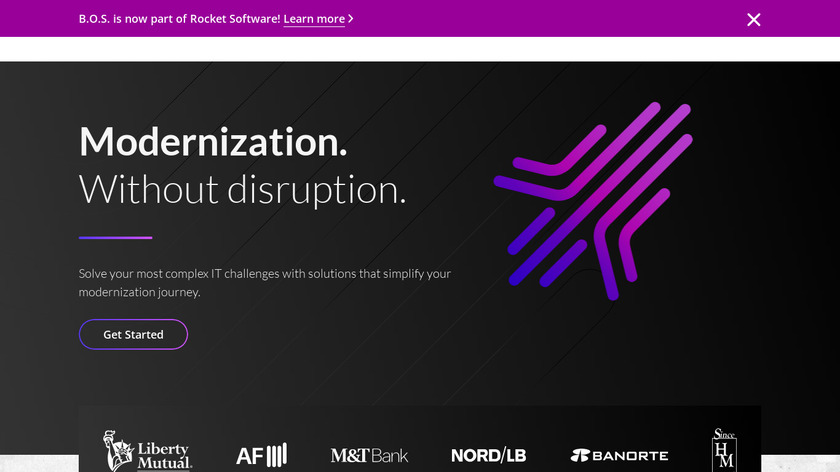
Ironically for a product called Carbon Copy, the tool had problems with piracy.
#VISIONAPP REMOTE DESKTOP SECURITY CONCERNS PC#
This was an impressive trick for its time, and a somewhat obscure one- a 1986 PC Magazine profile called the product category “new enough to qualify as a secret for most PC users.” First offered in the mid-1980s, the software, initially produced by Meridian Technologies, used a trick to stay resident in memory in DOS, allowing remote users to call in and manage a computer over the phone line.
#VISIONAPP REMOTE DESKTOP SECURITY CONCERNS FULL#
But the idea of connecting to a computer as if it’s in the room and having full access to it still feels a bit like magic to some users, despite the fact that we’ve been doing it for decades.Ī key tool in the history of remote access software is Carbon Copy, an offering that allowed users to access remote computers from a distance and control them as if they were in the room. Remote access has been a theme of computer software for decades-all the way back from the early days when people would access mainframe networks on dumb terminals. No Windows, no problem: Remote access software dates back to the DOS days While not exactly the same as the modern-day remote viewers with graphical interfaces, many of the same strategies still apply today, with a primary difference being that modern remote viewers tend to be more platform-independent, allowing users to connect between different types of operating systems with a single tool. A passage from an early Request for Comments document, dating to 1971, that proposes the creation of an official protocol for Telnet, a key networking technology for accessing remote machines through a command-line interface. “One conclusion that we may all have to come to is that connection with the network may force us toward a more standard way of handling terminals and their character streams in our monitors and terminal control hardware.” How far back? Well, at first, you didn’t need a GUI. But it comes with complications, as seen in a certain community’s water treatment system.Īnd as you might guess, the evolution of remote desktop access technology goes back pretty far.


It was caught quickly-but still, scary stuff.Īt the center of the debate is a tool that is perhaps at the peak of its cultural importance, but that naturally comes with inherent security concerns: The remote viewer application, which is incredibly useful when, y’know, people are remote, as is quite common right now.


 0 kommentar(er)
0 kommentar(er)
